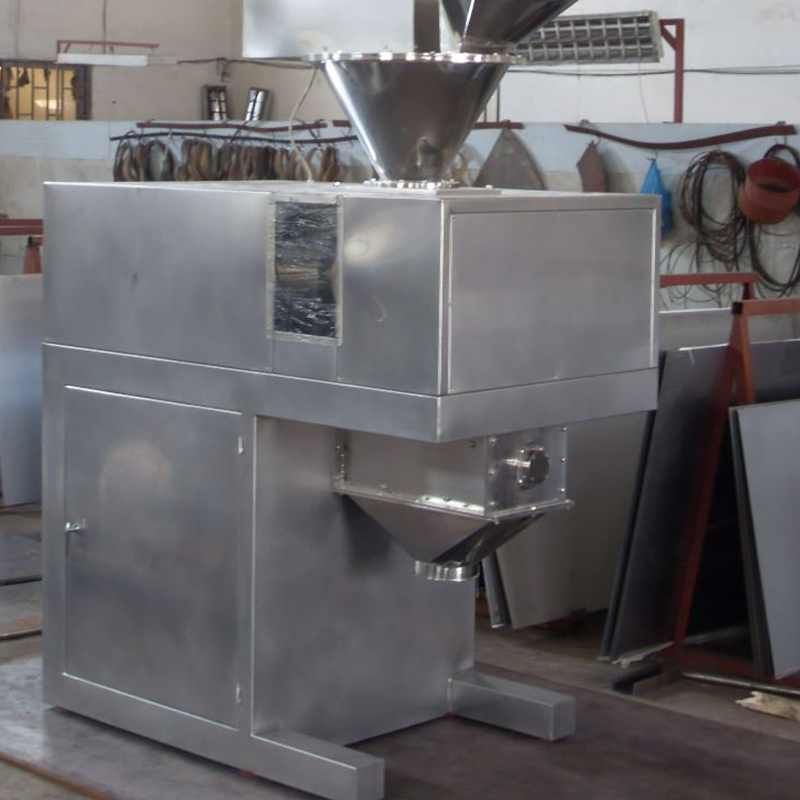The Future of Manufacturing: How Dry Granulators Are Shaping the Future of Granulation
The Rise of Dry Granulation
Granulation, in simple terms, is the process of turning fine powders into granules that are easier to handle, transport, and process. Traditionally, granulation involved mixing powders with liquids to form granules. However, this method often requires extensive drying and energy-intensive processes. Dry granulation, on the other hand, bypasses the need for water or binders and uses high pressure to form compacted sheets or ribbons that are subsequently broken down into granules.
Over the years, dry granulation has gained popularity for its efficiency, cost-effectiveness, and suitability for heat-sensitive materials. With its increasing adoption, dry granulators are becoming a cornerstone of modern manufacturing.
Technological Advancements in Dry Granulators
The future of dry granulators lies in technological advancements that are making these machines faster, more efficient, and more environmentally friendly. Some key innovations include:
Automation: Modern dry granulators are equipped with advanced automation systems that allow for precise control over the granulation process. These automated systems help maintain product consistency and reduce the need for manual intervention.
Smart Sensors: The integration of smart sensors into dry granulators allows for real-time monitoring of the process. Sensors can track parameters like pressure, granule size, and powder flow, enabling operators to make adjustments on the fly. This leads to higher efficiency and better product quality.

Energy Efficiency: Newer models of dry granulators are designed to be more energy-efficient, reducing operational costs and supporting sustainability efforts. By eliminating the need for drying processes, these machines consume less energy while maintaining high throughput.
Modular Designs: As industries demand greater flexibility and scalability, dry granulators are increasingly being designed with modular components. This allows manufacturers to scale up or down depending on their production needs.
Applications and Potential Growth
As industries continue to evolve, the applications of dry granulators are expanding. In addition to their traditional use in pharmaceuticals, food, and cosmetics, dry granulators are now being explored in other sectors such as chemicals, agriculture, and even 3D printing.
For example, the chemical industry is adopting dry granulation techniques to create consistent granules for fertilizers, detergents, and coatings. In agriculture, dry granulators are used to create uniform granules for pesticides and herbicides. The ability to control granule size and consistency is crucial in these industries for maintaining efficacy and optimizing performance.



 English
English русский
русский عربى
عربى Türk
Türk




